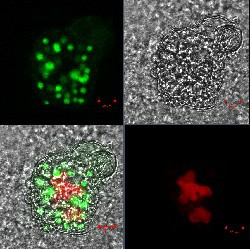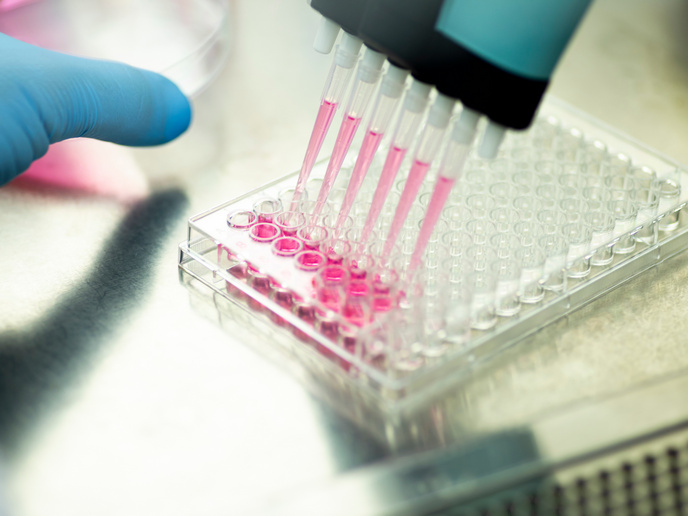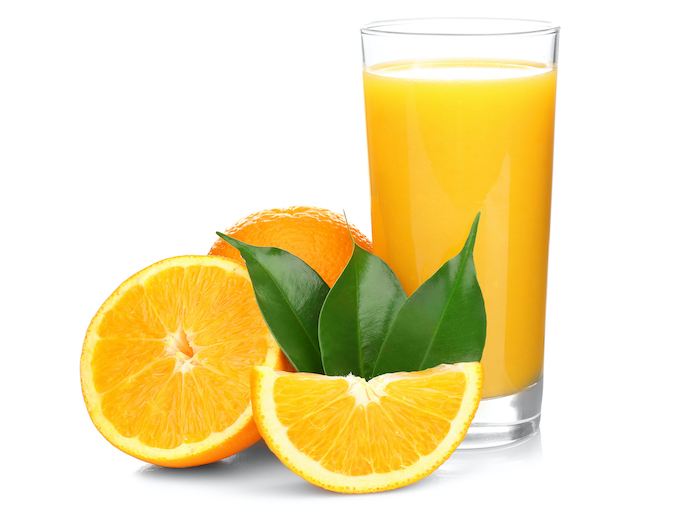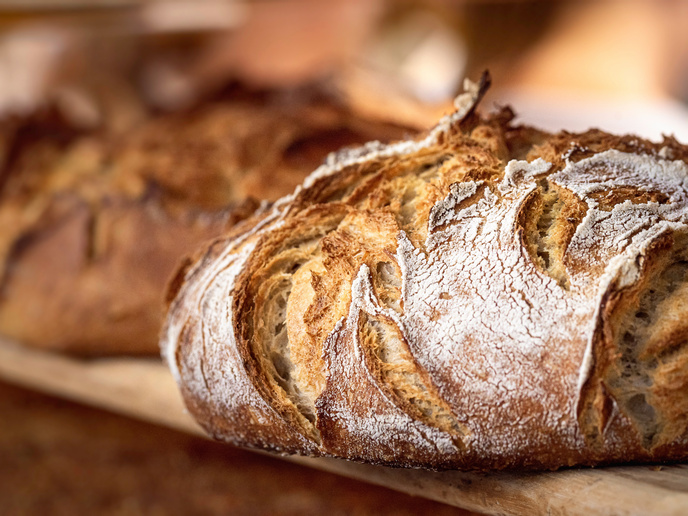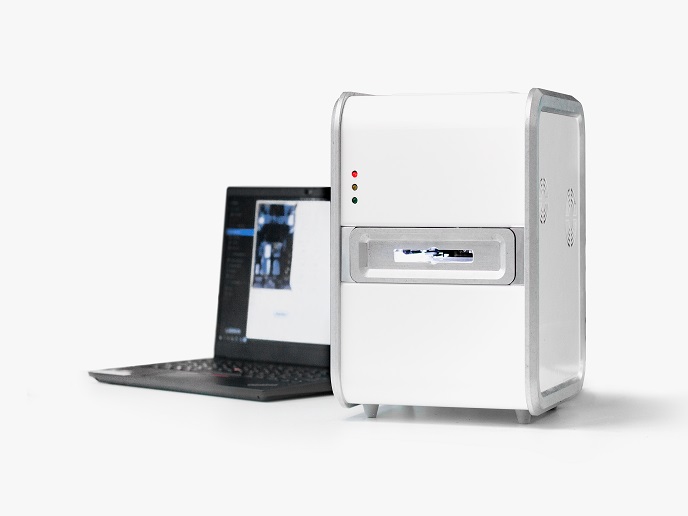Novel biosensors for optimised food, biomedical and environmental analysis
This kind of sensing and monitoring device should be able to detect a multitude of chemical and/or biological threats, and describe complex environments to a data collection and analysis centre. In principle, biosensors, and specifically arrayed biosensors (microarrays or biochips), could perform such tasks. Biosensors: powerful alternatives to conventional analytical techniques Autonomous devices don’t exist on the market. ‘Presently, the workflow from sampling to the display of final results is convoluted,’ says Professor Karl-Heinz Feller, coordinator for the EU-funded project SAMOSS(opens in new window). ‘It involves many separate steps that require the involvement of well-trained personnel in fully equipped laboratories with heavy and expensive equipment.’ SAMOSS targeted three of the most relevant application fields: food analysis, biomedical analysis and environmental monitoring. The use of biosensors for food quality and safety is very limited, although the increasing awareness of consumers and the rising popularity of organic or bio-labelled products are important driving forces. Biomedical analysis boosts R&D activities for developing biosensors, which have the potential to provide highly accurate, real-time biomedical diagnosis and drug monitoring during treatment. Environmental monitoring of pollutants, especially in water, is aimed at improving the protection of human health and the environment through better and early identification of chemical substance properties. Bright young researchers team up to advance R&D in biosensors Biosensor development is an emerging field of research in food, clinical and environmental analysis. SAMOSS trained 12 early-stage researchers (ESRs) and 2 experienced researchers (ERs) in biosensor R&D suited for applications in medicine, food and beverage technologies, and environmental issues. They undertook scientific and complementary skills courses at host institutions, attended training schools, workshops and network meetings, and contributed to scientific conferences. This research has yielded 23 articles in peer-reviewed journals. The fellows also engaged in outreach activities, including articles in newspapers, videos for TV shows, and contributing to science weeks and high school programmes. Researchers built and validated several optical biosensor prototypes that detect relevant analytes such as mycotoxins or antibiotics in food, drugs in healthcare, and endocrine disruptors like contraceptive hormones in environmental samples. The biosensors can handle a chain of operations, setting off an autonomous process that starts with a sample and ends with reporting a result in the form of an ‘answer’. In all, six steps will be automated and combined in sensing systems. This allows a fast and easy ‘sample-in answer-out’ analysis developed by the use of several technologies. A patent has been filed. Prof. Feller believes the research network is capable of meeting Europe’s R&D needs for new, innovative biosensors in healthcare and food, beverage and environmental analysis. ‘As tomorrow’s leaders, whether in academia or the European biosensor industry, these 14 promising researchers will have a tremendous impact on the development of these types of sensors,’ he says. The project’s industrial partners in Germany, France, Italy and the Netherlands also stand to benefit from the outcomes, namely the detection of analytes in food analysis, medical healthcare and water quality checking. ‘These specialised companies will be able to improve their products or to transfer the results to new products,’ explains Prof. Feller. Even though SAMOSS officially ended in September 2017, project partners, ESRs and ERs continue to maintain ties. This mutually beneficial network will look to submit proposals for EU-funded projects in the future.



